From adzuki to soybeans, we’re covering the most popular types of beans from A to Z in this helpful guide to beans and legumes!
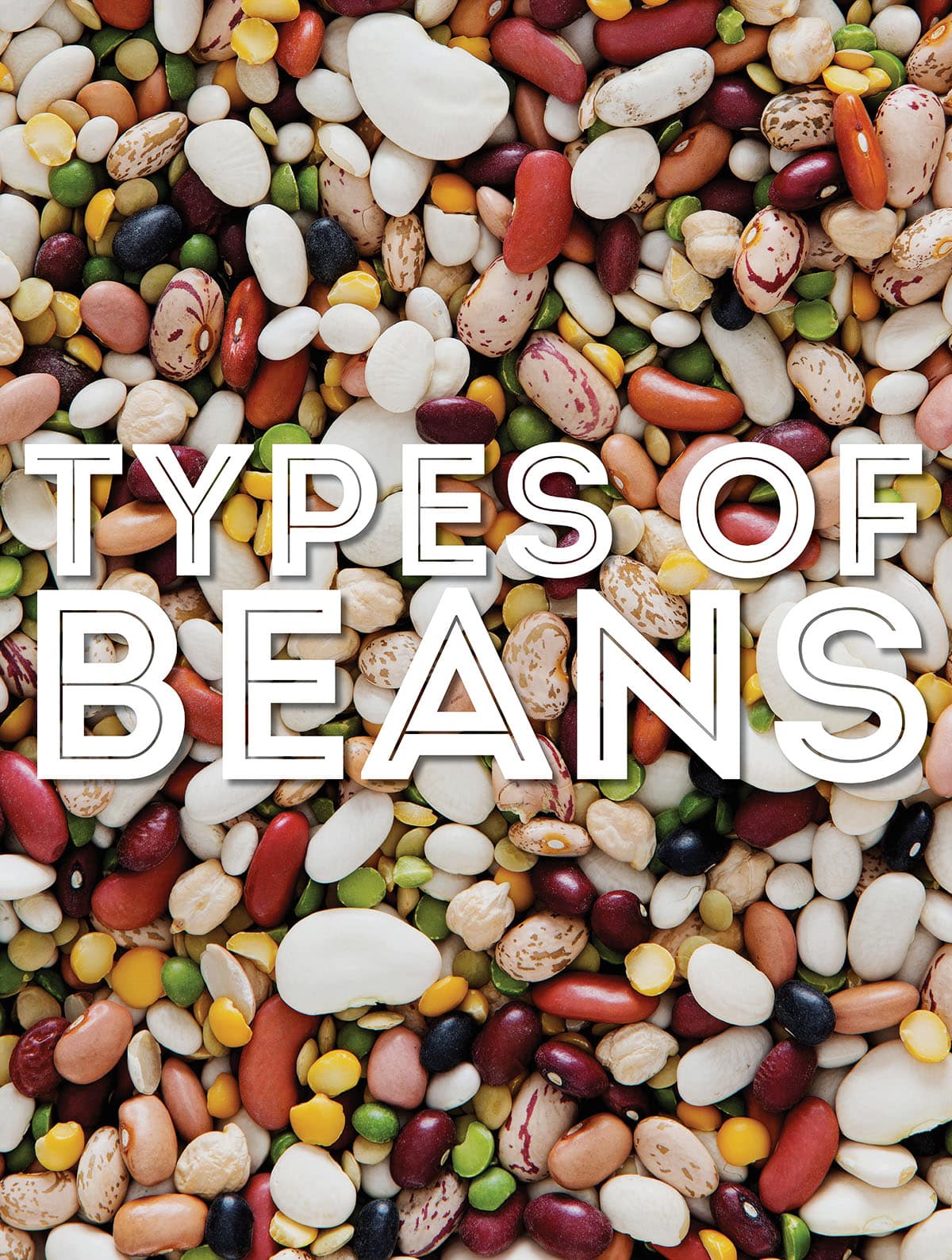
Beans are a staple in the vegetarian kitchen, spanning cuisines across the world and often being an extremely affordable option. So today we’re doing a deep dive into the different types of beans!
What are beans?
Beans are a type of legume. They are the seeds collected from certain flowering plants in the Fabacea family. In layman’s terms, they’re usually a pod with a seed in it, and the seed is the part that we eat!
What’s the difference between beans and legumes?
All beans are legumes, but not all legumes are beans! While legumes are the class of plant, beans are the seeds collected from certain plants.
Are beans healthy?
Beans are a healthy ingredient that are packed with plant-based protein, are an excellent source of fiber, and high in vitamins and minerals.
Types Of Beans
There are over 400 types of beans in the world – let’s talk about the most common varieties!
- Adzuki Beans
- Anasazi Beans
- Black Beans
- Black-Eyed Peas
- Cannellini Beans
- Chickpeas (Garbanzo Beans)
- Cocoa Beans
- Coffee Beans
- Cranberry Beans
- Fava Beans
- Edamame
- Fayot (Flageolet) Beans
- French Green Bean
- Gigante Beans
- Great Northern Beans
- Kidney Beans
- Lentils
- Lima
- Long Beans
- Marrowfat Peas
- Mung Beans
- Navy Beans
- Peas
- Pinto Beans
- Purple String Beans
- Snap Peas
- Snow Peas
- Soybeans
- Split Peas
Adzuki Beans
Adzuki Beans are a small red bean variety popular in East Asia where they are used in a red bean paste. You can, however, substitute adzuki into just about any recipe calling for a red bean. They have a pleasant sweet taste and are nutritionally dense particularly in folate and manganese.
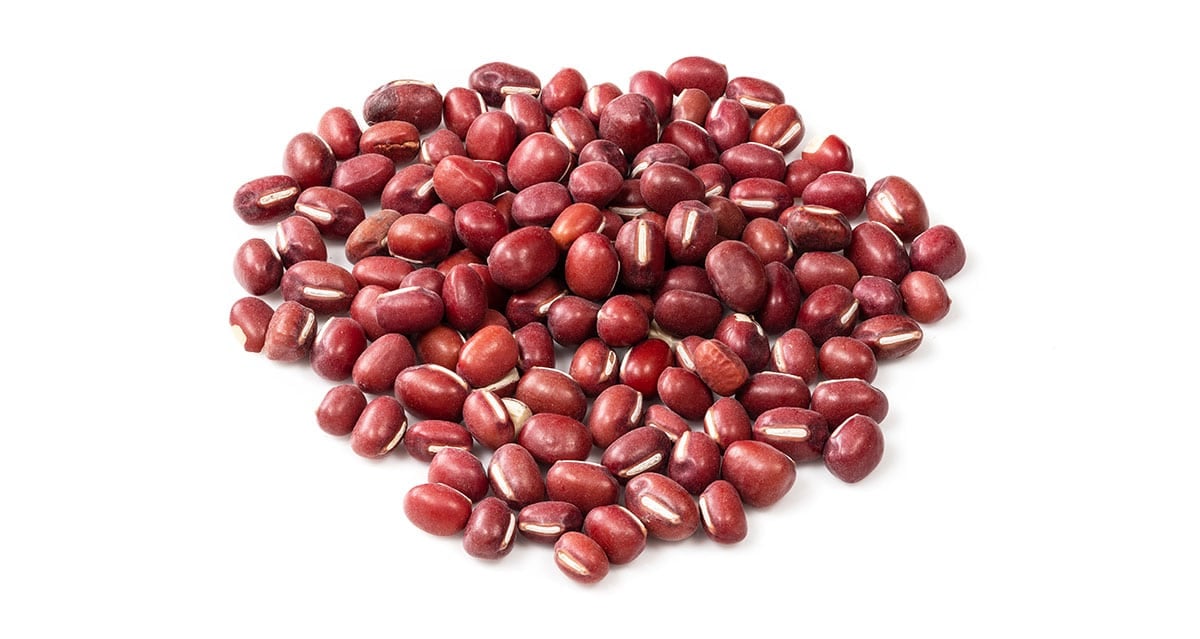
Anasazi Beans
Anasazi Beans are a small cream-colored kidney-shaped bean with distinctive red spots that look rather like spots on a cow. They are of the same family as the pinto bean, so they can be substituted into a variety of recipes. They are often used in Mexican cuisine, but their distinctive look would accent a variety of uses like bean salads like our Famous Mexican Bean Salad.
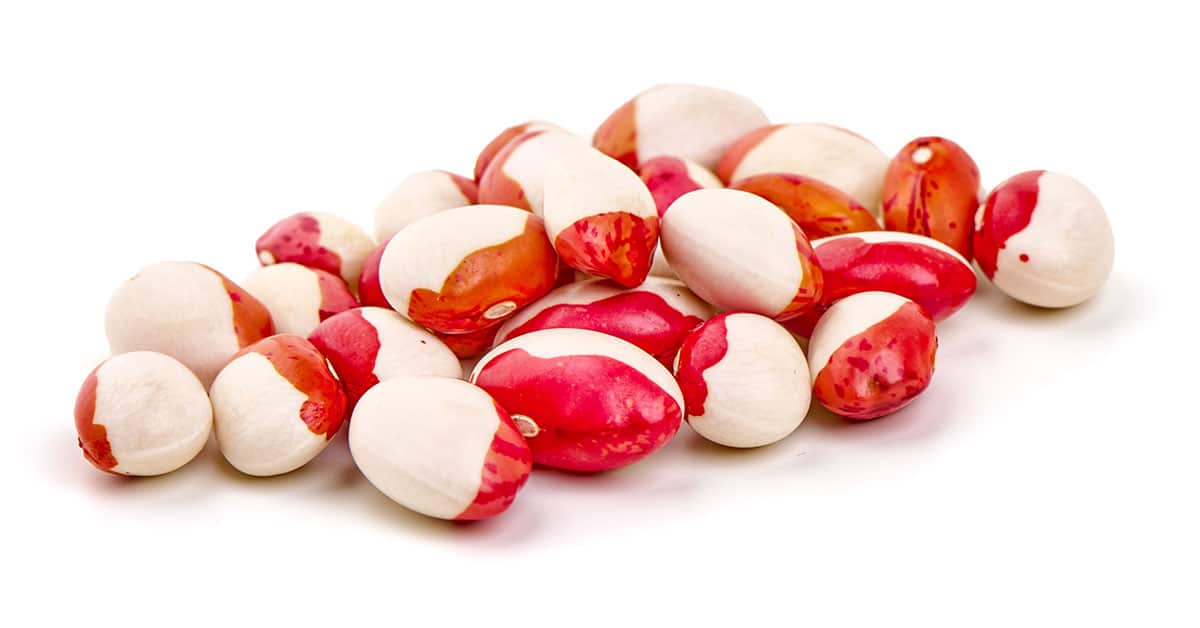
Black Beans
Black Beans are particularly popular in Latin American, cajun, and creole cuisines. They are native to South America, but are now used in cuisines around the world. They are well known as a good protein source particularly valuable for a vegetarian or vegan diet. A 100 gram (about 3.5 oz) serving has 9 grams of protein and a fair amount of vitamins and minerals. Ready to get cooking? Here’s how to cook black beans!
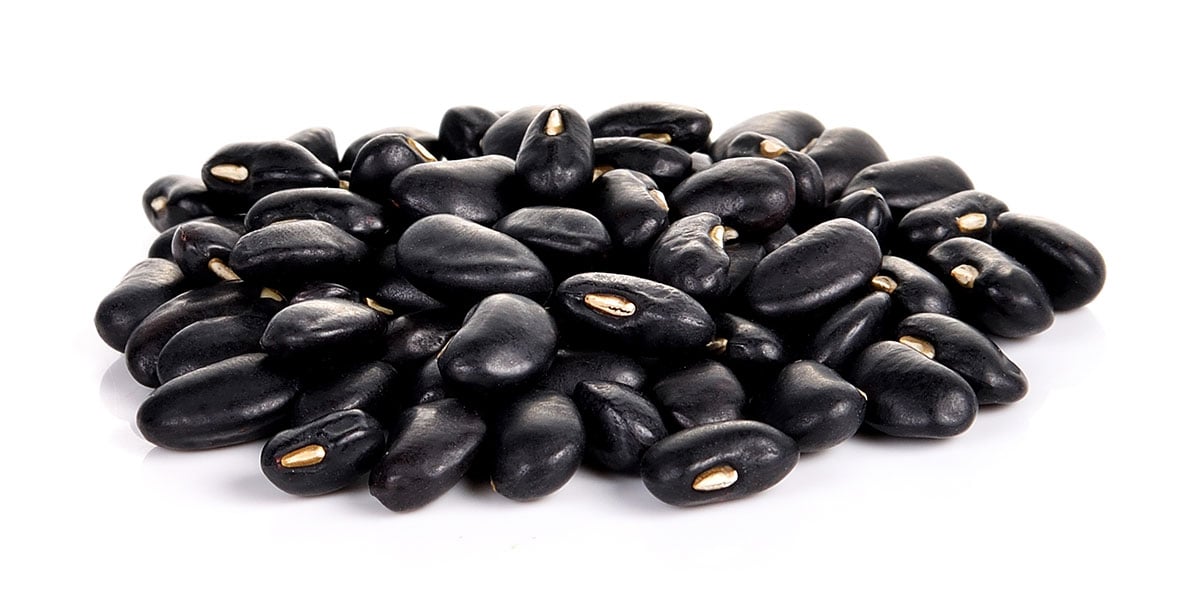
Black-Eyed Peas
Black-Eyed Peas are a legume native to West Africa that made its way to the United States during our colonial period, and has long been a staple in southern cooking. The name comes from their distinctive black spot on an otherwise beige bean. The traditional way to prepare these is in a broth with a ham bone, but don’t be limited to this tradition (even dogs can enjoy black eyed peas!).
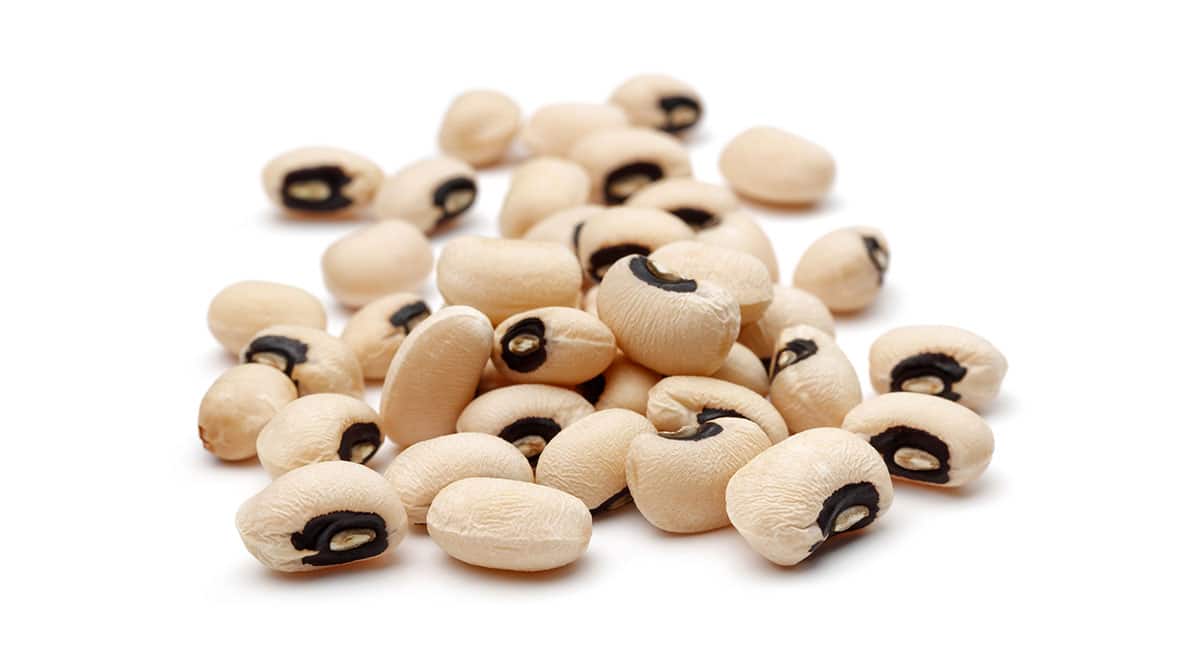
Cannellini Beans
Cannellini Beans are sometimes called White Kidney Beans. They are a large ivory colored Italian bean you can use in any recipe that calls for white beans, or for that matter in lieu of navy beans. Our favorite use is in this Vegetarian White Bean Chili, in these Caesar Beans On Toast, or in this Tuscan White Bean Soup.
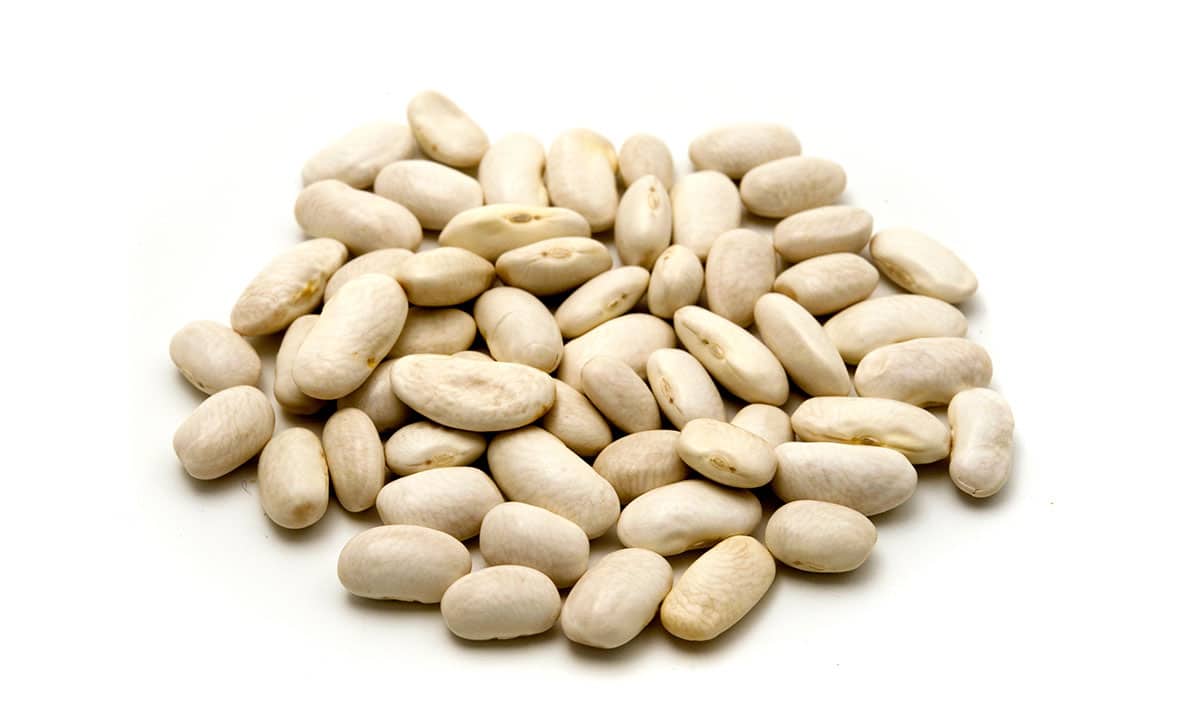
Chickpeas (Garbanzo Beans)
Chickpeas, or Garbanzo Beans, are a staple among legumes. While canned chickpeas are the easiest option, there are three common types of chickpeas you can purchase.
- Kabuli: These are large, beige, and thin skinned, and are increasingly common in American groceries. They have a mild nutty, creamy flavor.
- Desi: Small and dark with yellow interiors, these beans are very popular worldwide. They have a thicker, more nutritious seed coat than do Kabuli beans.
- Green: These are younger chickpeas with a sweet flavor, similar to green peas.
What can you do with chickpeas? Well, that could be a whole cookbook! Our family favorite is Roasted Chickpea Gyros, which star the incredibly healthy little chickpea!
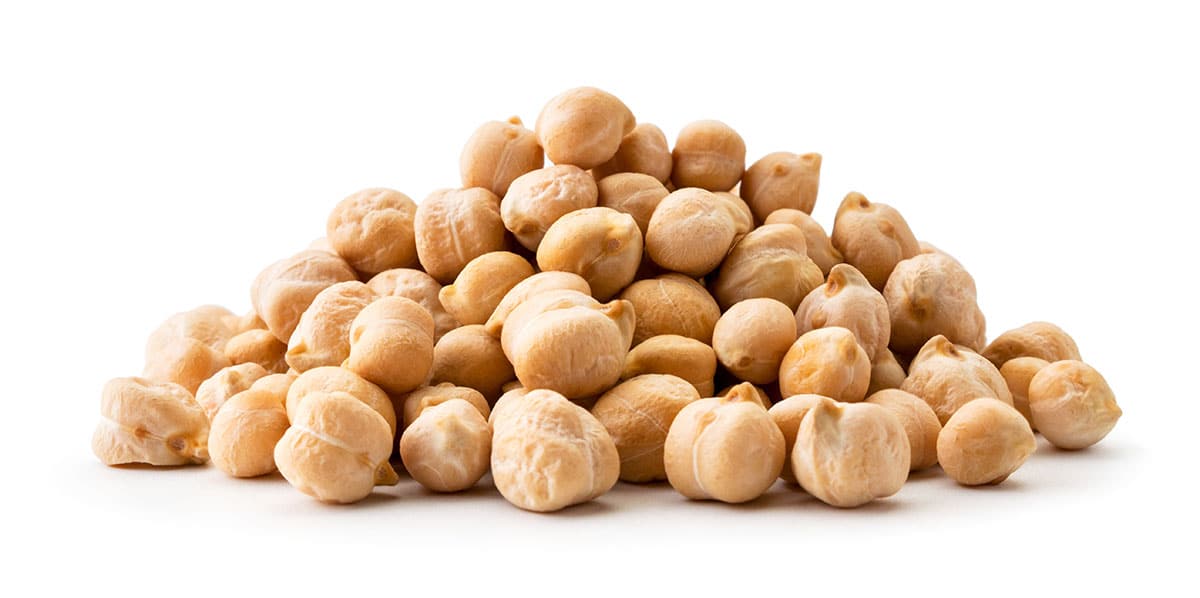
Cocoa Beans
Cocoa trees produce the cocoa beans that gives the world chocolate. The Ivory Coast is the world’s leading producer followed by Ghana. Together they produce over half the world’s cocoa.
The 400-pound gorilla in the room here is how cocoa beans are harvested. It is estimated that 2.1 million children work in these two countries in the labor-intensive, machete wielding, business of harvesting the beans. Many of these children are working innocently enough on the family farm. Another scenario is a family with only a small plot of land has more children than they need to work their land, and not enough money to support them all. So, many kids are “hired out” to larger plantations. The conditions on these plantations are said to “vary”. We aren’t passing judgement on chocolate here, but this is something to keep in mind. For all you need to know on cocoa check out Cocoa 101: How it’s Made, Recipes, Storage, and Nutrition Info !
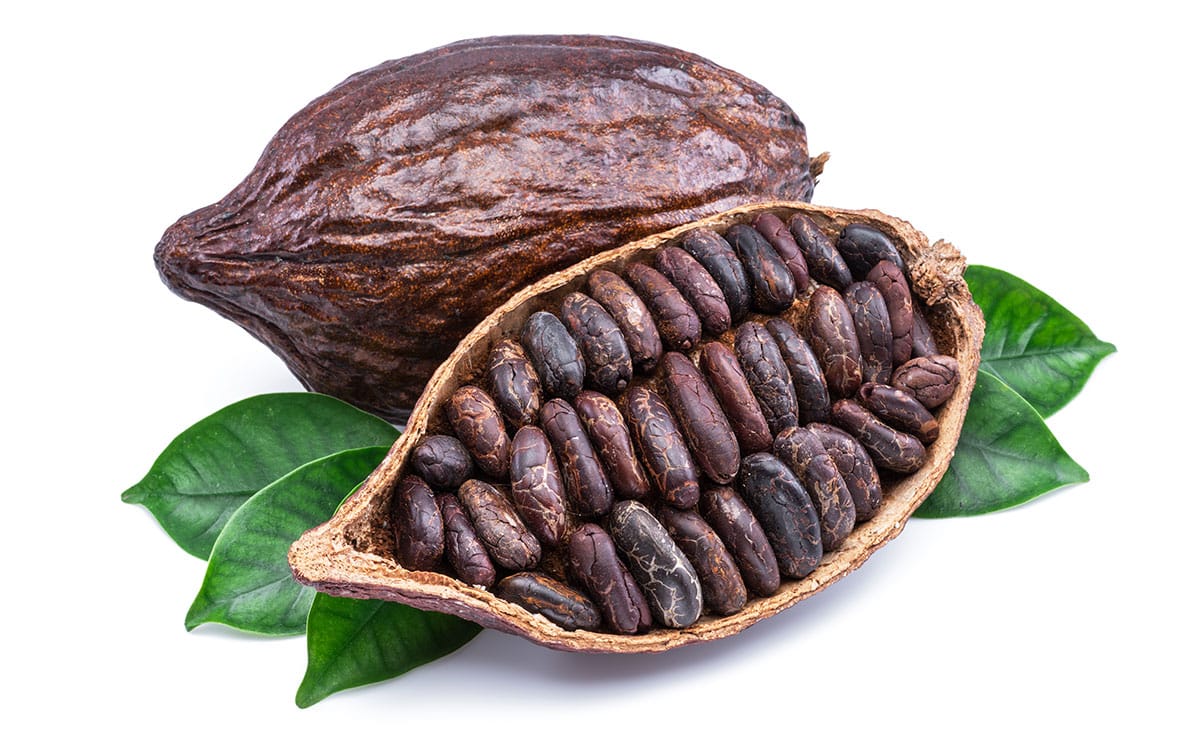
Coffee Beans
The coffee we know and love is actually the seed of a cherry-like bean. The seed is whitish/greenish when it comes out of the fruit. It is then dried, hulled, polished, and shipped as “green coffee”. Once roasted the beans turn brown and releases a fragrant oil called caffeol. This process brings out all the flavors we know and love! Learn more about coffee here.
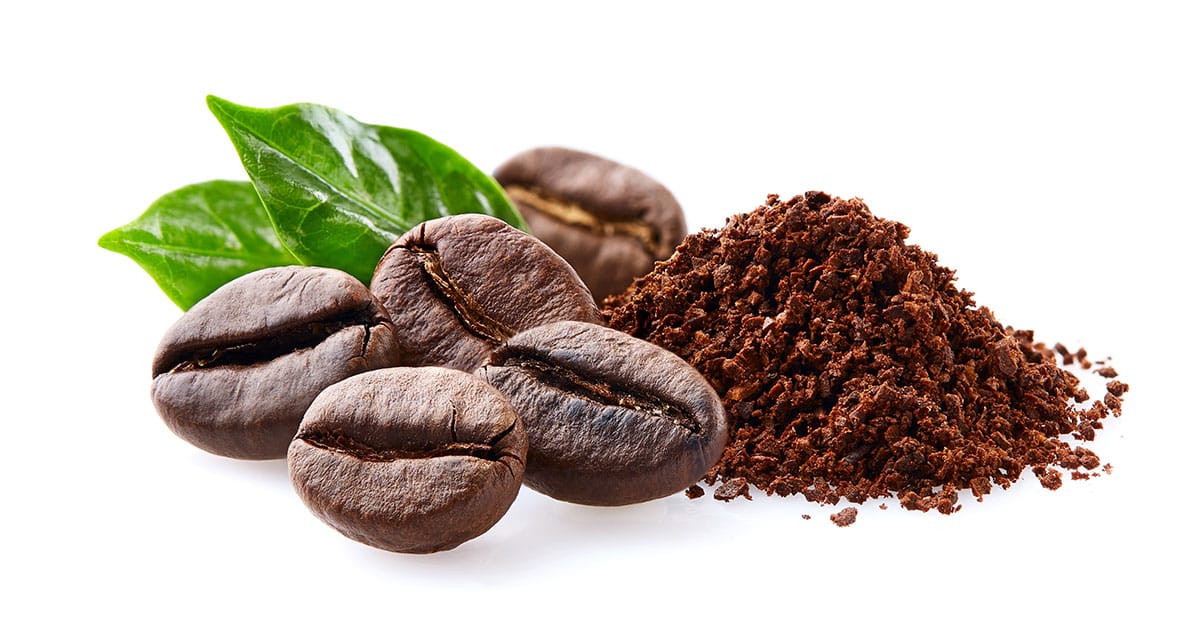
Cranberry Beans
The Cranberry Bean is also known as the Borlotti Bean or Roman Bean. They are a white bean with red specks making a very unique appearance. You can substitute these for most other beans in soups, vegetarian chili, or even a bean salad to fully display their unique appearance.
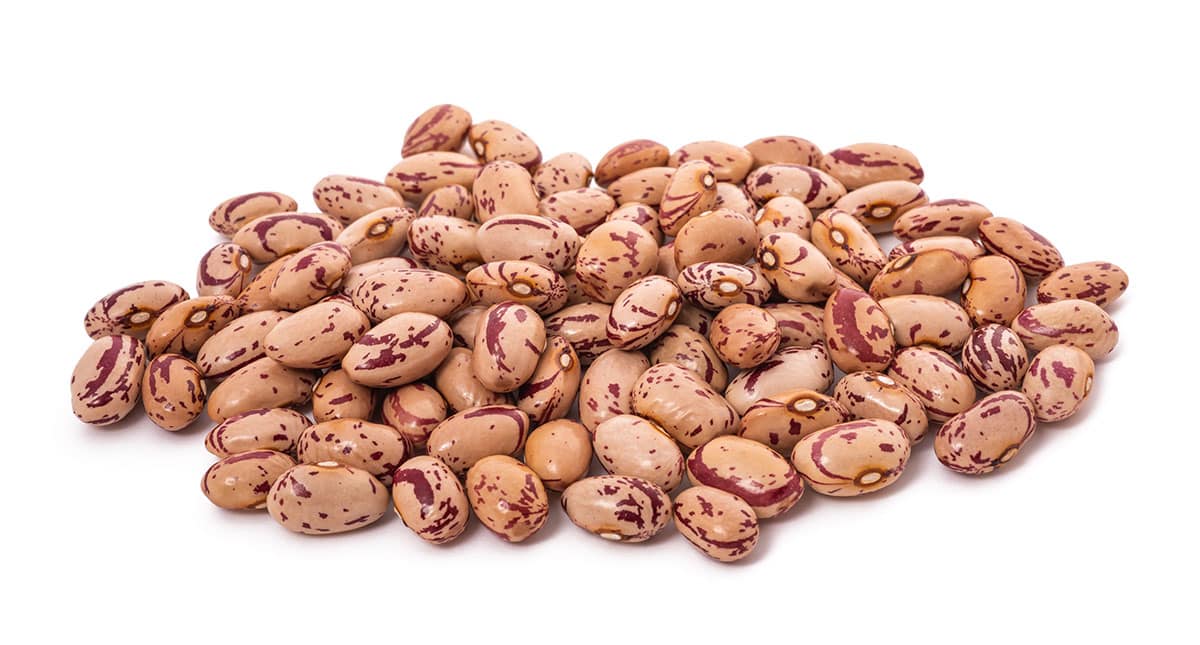
Fava Beans
Fava Beans are also known as Broad Beans. They originated in Mediterranean cuisine, and were eaten by the ancient Greeks and Romans. They require a bit of work to cook with. You have to depod them. Is that a word? Depod? Well, you have to take them out of their pods then blanch them to remove the tough skin. They can be sautéed, boiled, steamed, roasted, fried, put into salads, made into pesto or even eaten raw in their pods. Here’s how to cook fava beans (fresh or dried!)
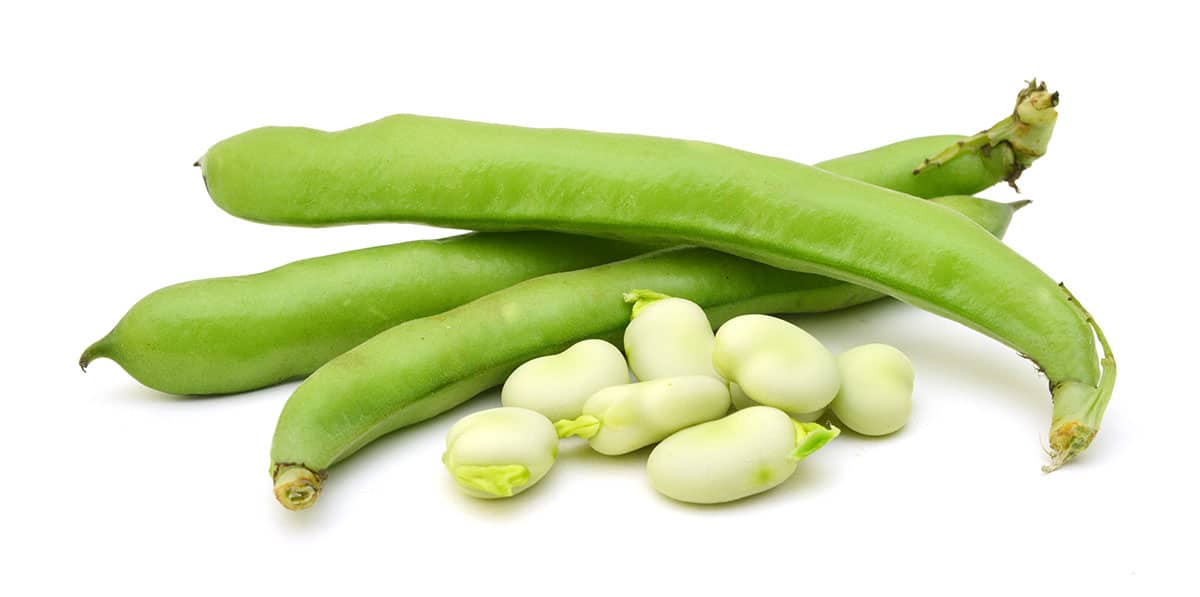
Edamame
Edamame is simply an immature soybean still in the pod. Soybeans are known to have been eaten as long as 7,000 years ago, but the first reference to edamame was found in China dating to 1275. They are widely used in Japanese cooking typically boiled or steamed and then used in both sweet and savory cuisines.
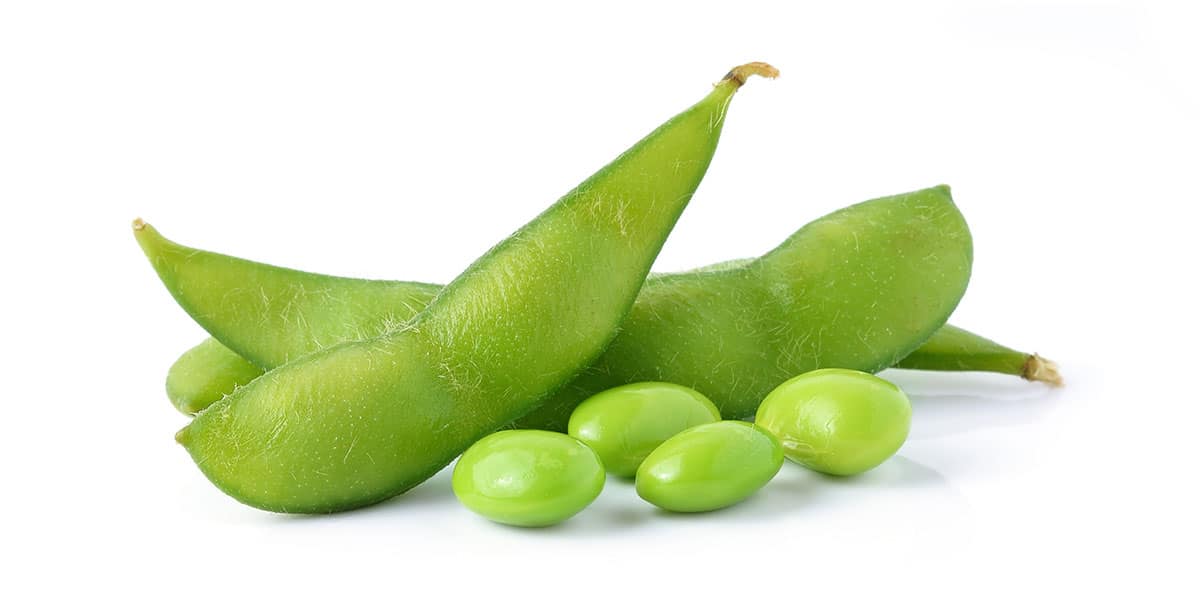
Fayot (Flageolet) Beans
Fayot Beans or Flageolet Beans are kidney beans that were harvested early. They are native to France, but now grown in California as well. They can be white or green. Prior to cooking, you need to soak these beans preferably overnight, or just buy them canned in which case that step isn’t necessary. Common uses include in stews, salads, and casseroles.
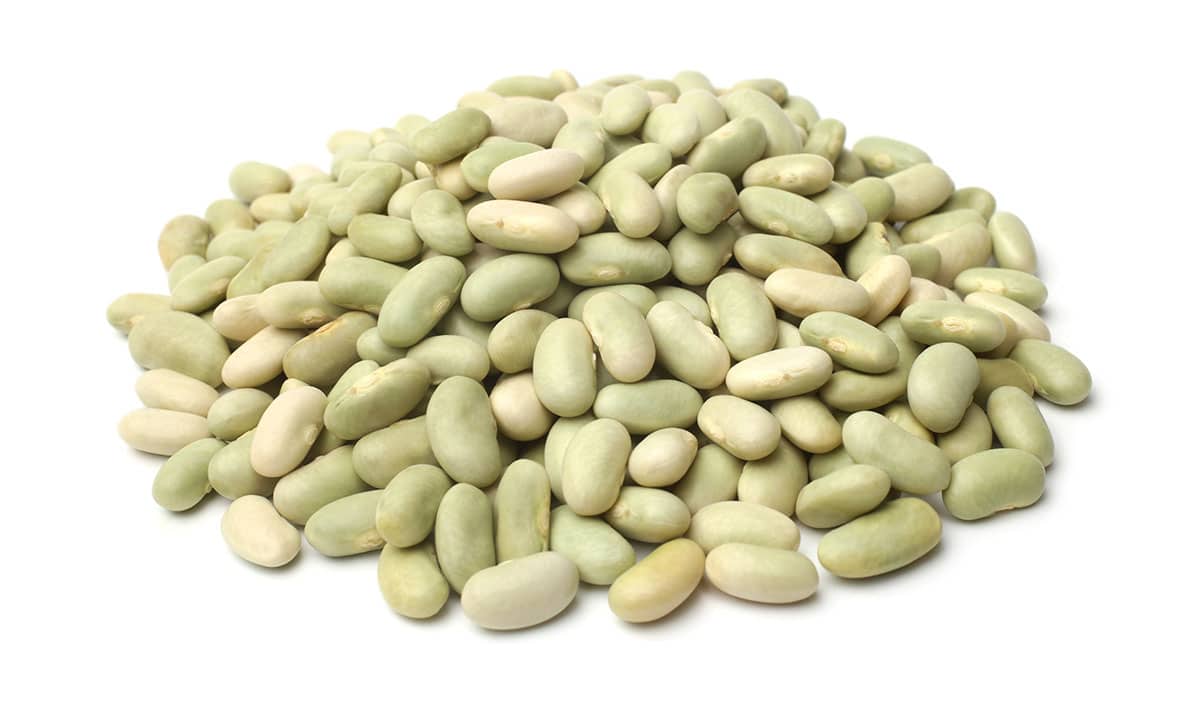
French Green Bean
French green beans are the young (unripe) form of the common bean. They are also known as string beans or snap beans. They are served in their pods as the seed within is still quite small. They are another nutritional powerhouse. A 100g (3.5oz) serving has only about 30 calories yet provides 27% of the RDA of vitamin C as well as a variety of other vitamins and micro nutrients. This Thanksgiving or Christmas try this Easy Vegan Green Bean Casserole (and you don’t even need to mention the vegan part to Uncle George!) or make air fryer green beans for a tasty treat.
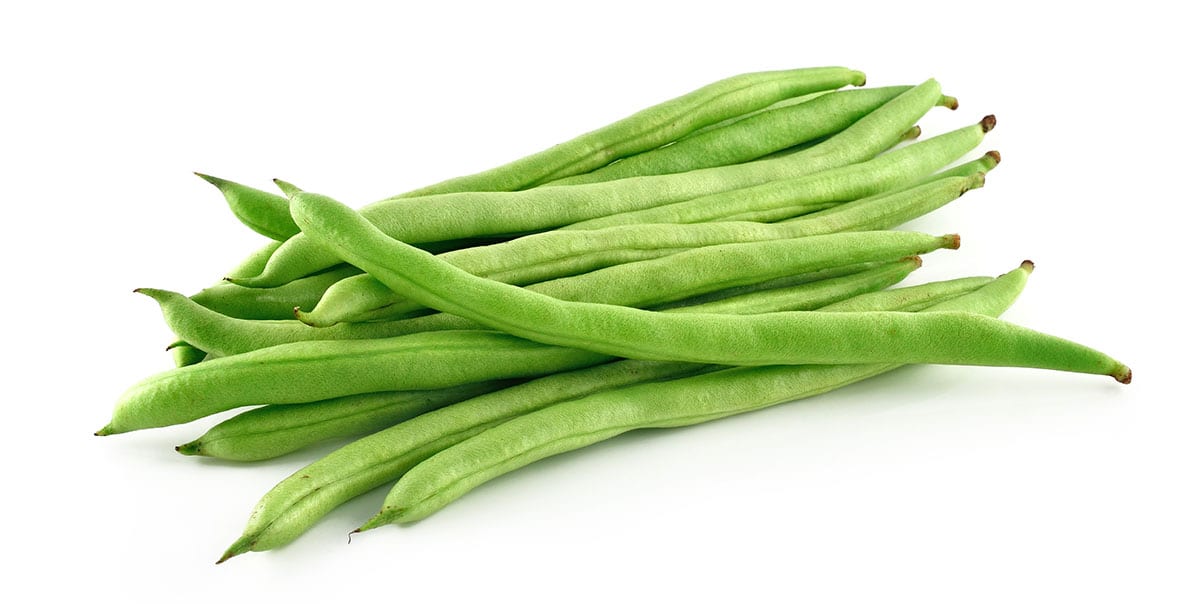
Gigante Beans
Gigante Beans are a large white runner bean that got their name from their size (“gigante” is Greek for gigantic). They are extensively used in Greek cuisine, and are known for their sweet mild taste. Like so many other beans, they have a favorable nutrition profile and are low in calories.
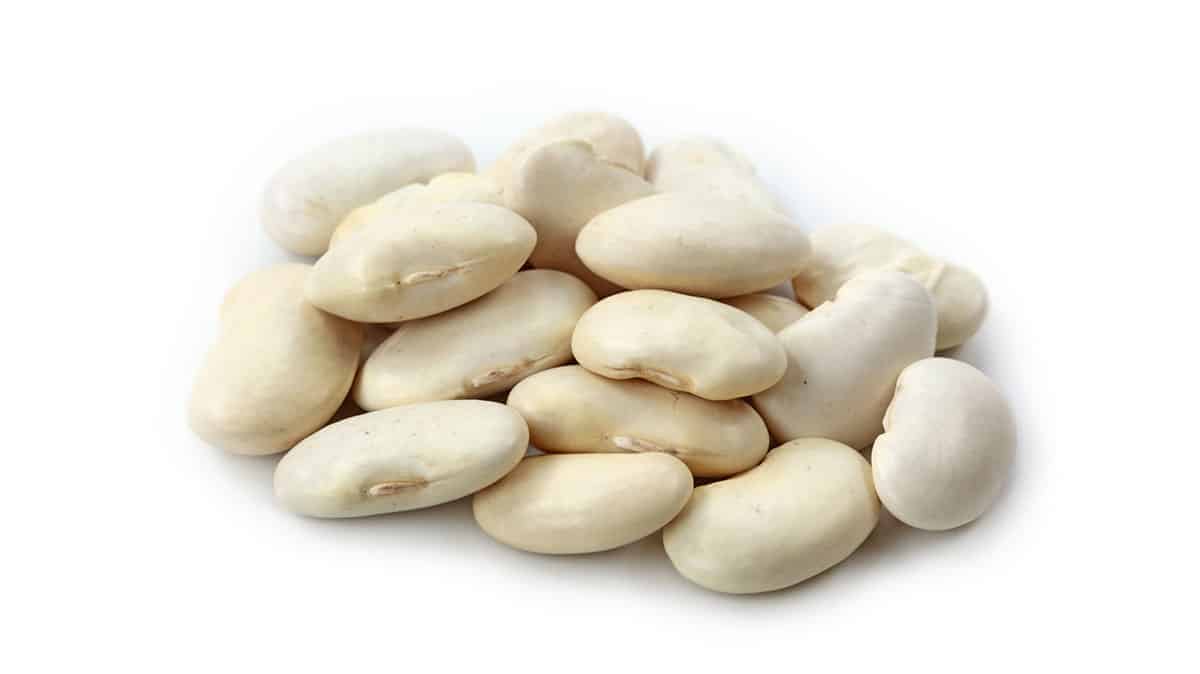
Great Northern Beans
Great Northern Beans are a white bean quite similar to cannellini. You can easily substitute these for any recipe calling for cannellini beans like our favorite Vegetarian White Bean Chili.They are commonly used in soups and have a wonderful nutrition profile with a 100g serving providing 7g of fiber and 8g of protein.
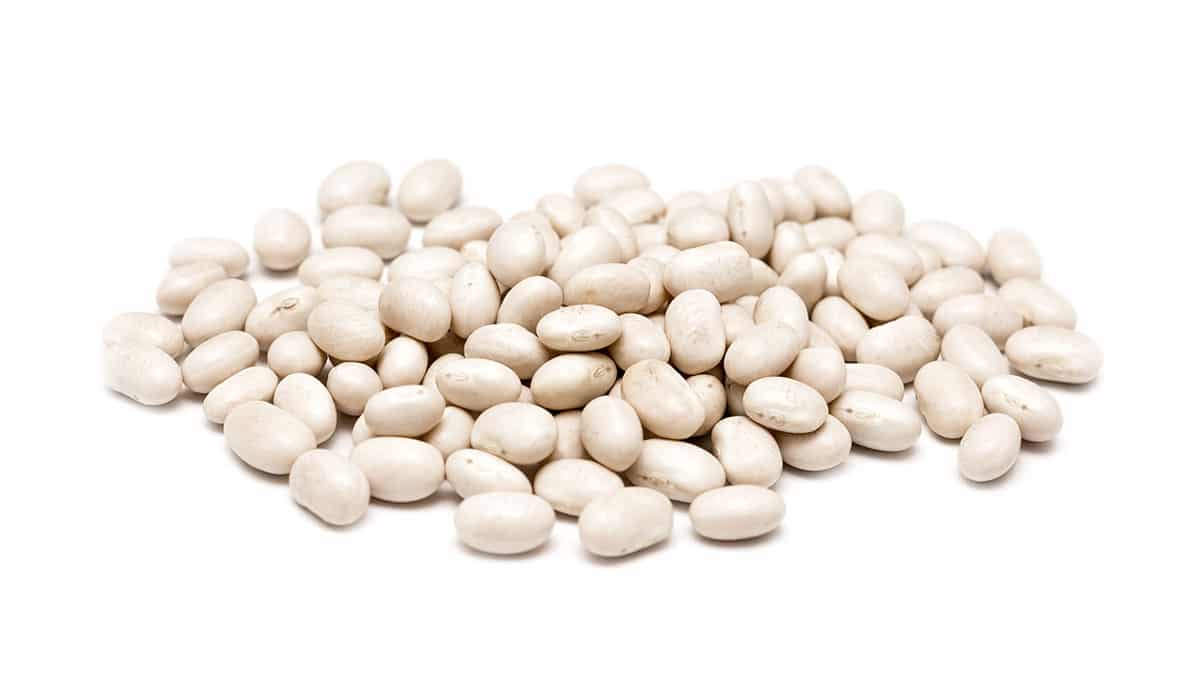
Kidney Beans
Best bean for chili? Quite possibly. Kidney Beans or Red Beans are practically a world-wide favorite used in so many chili and taco recipes, but you might also consider them in other forms of cuisine like our Coconut Kidney Bean Curry or Spanish Rice and Beans. These beans derive 20% of their calories from protein, are a good source of fiber, and have a commendable vitamin and micro nutrient profile. And when you need a feel-good food on cold days put a can or two into this Award-Winning Taco Soup.
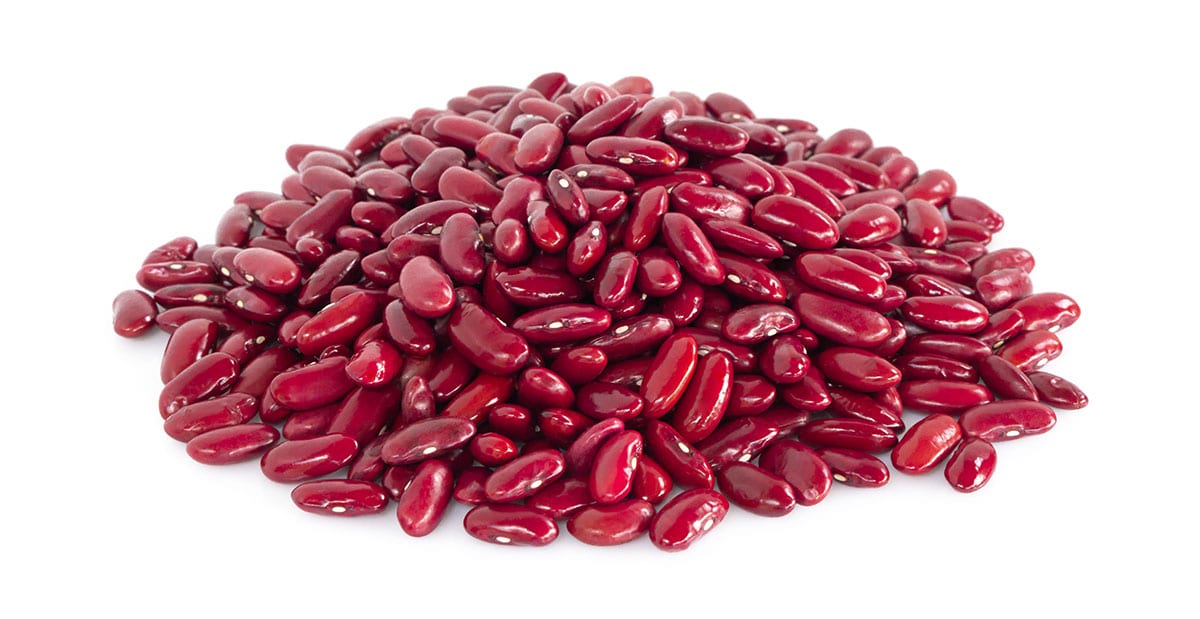
Lentils
Lentils are an extremely popular legume in much of the world. They are generally red or green, but can be found in yellow, orange, and brown. They are great in soups, stews, and salads, and are tremendously health. 100g (3.5 oz) of cooked lentils has 114 calories, 8g of protein, 8g of fiber, and 45% of the RDA of folate. Try them in Ash Reshteh (Persian Noodle Soup), rr for a great Asian cuisine option try Banana Curry.
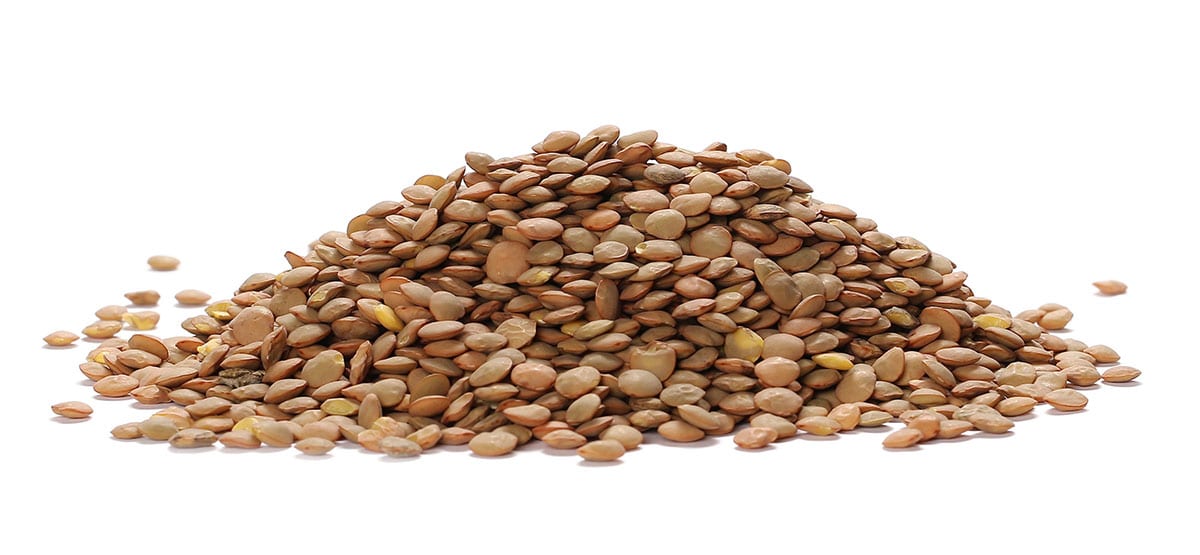
Lima
Lima Beans are the humble bean that so many love to hate. This is a shame as they really can be a great add to soups and stews due to their buttery flavor. The smaller variety, baby lima beans, are the sweeter beans vs the larger butter beans. Lima beans are a good source of iron, folate, and magnesium. Lima beans are native to Peru where they have grown for about 9,000 years and are named after the Peruvian capital city Lima. Try them in these Marry Me Butter Beans!
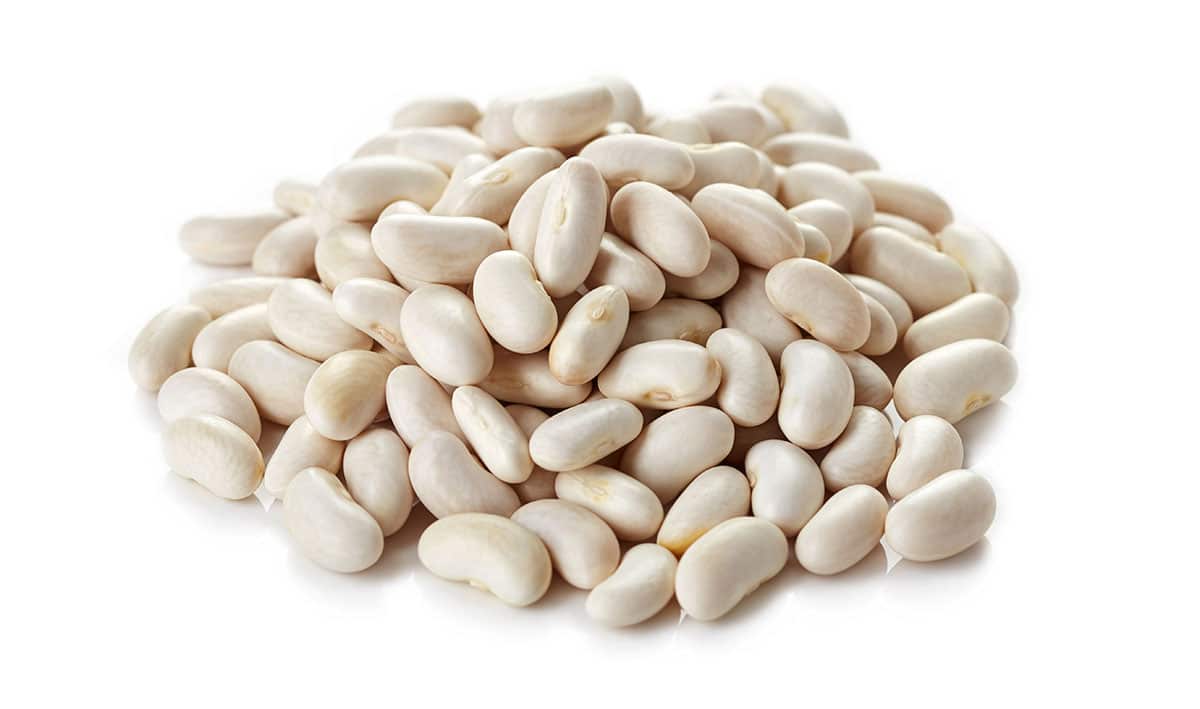
Long Beans
Long Beans are also known as Yard Long Beans, Asparagus Beans, or Snake Beans because they are longer than normal string beans growing up to 18” long. You can eat these raw or cooked, and they are often cut for use in soups, stews, stir fry, etc. If you want to retain their length for the unique look, try sautéing them whole.
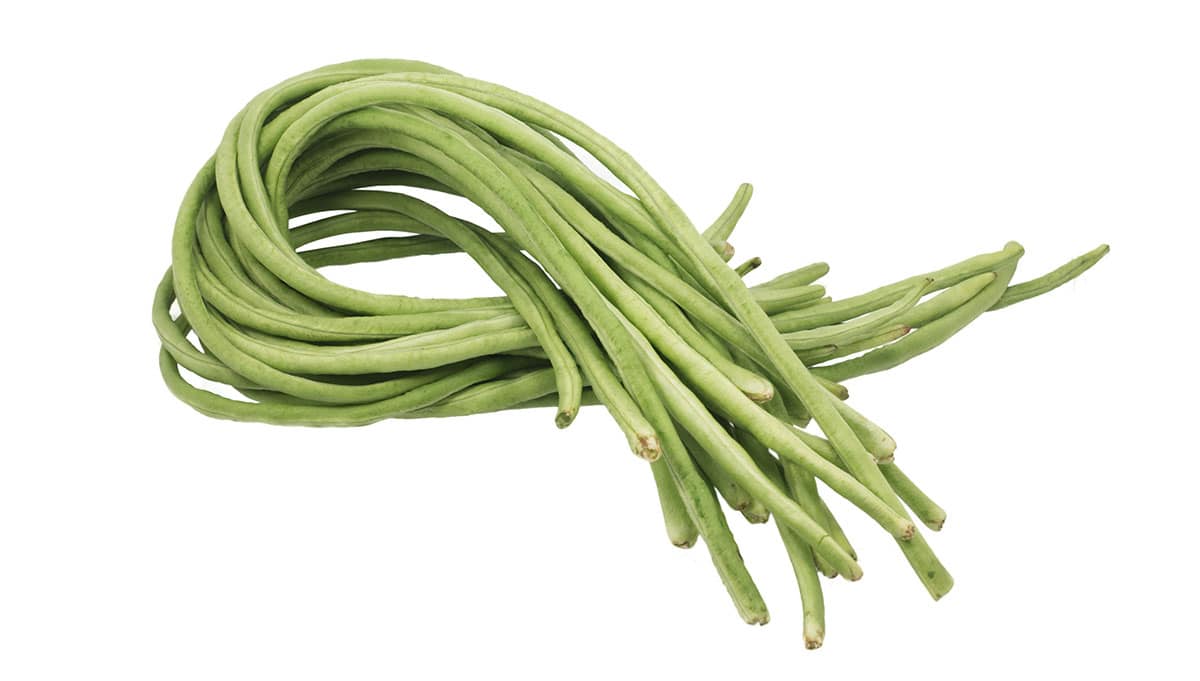
Marrowfat Peas
Marrowfat Peas are grown mostly in the UK, but also Canada and New Zealand. They are green mature peas, vs most of the other peas we discuss which are harvested immature. They are left in the field to dry out naturally. These starchy peas are very popular in Japan where they are used as a snack food. They have thin skins and a soft texture which also makes them useful for recipes requiring mushy peas.
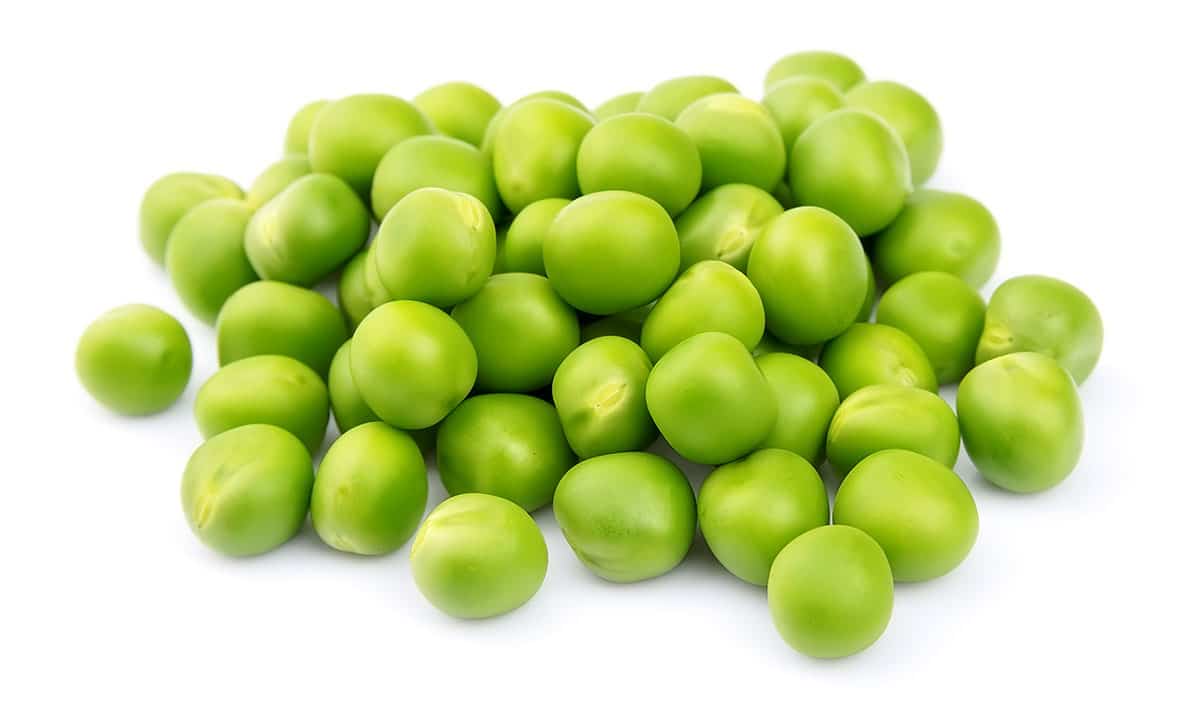
Mung Beans
Mung Beans are also called Maash or Moong. They are small green beans that resemble peas, and are actually legumes. Mung beans are commonly found in Asian and Indian cuisine, though our favorite use is in this Mung Bean Soup. Like most types of beans and legumes, mung beans are nutrition powerhouses, loaded with vitamins, nutrients, and benefits in each bite. They provide lots of protein in addition to fiber, iron, magnesium, and zinc. They’re also filled with antioxidants and are great for cholesterol, digestion, and blood sugar.
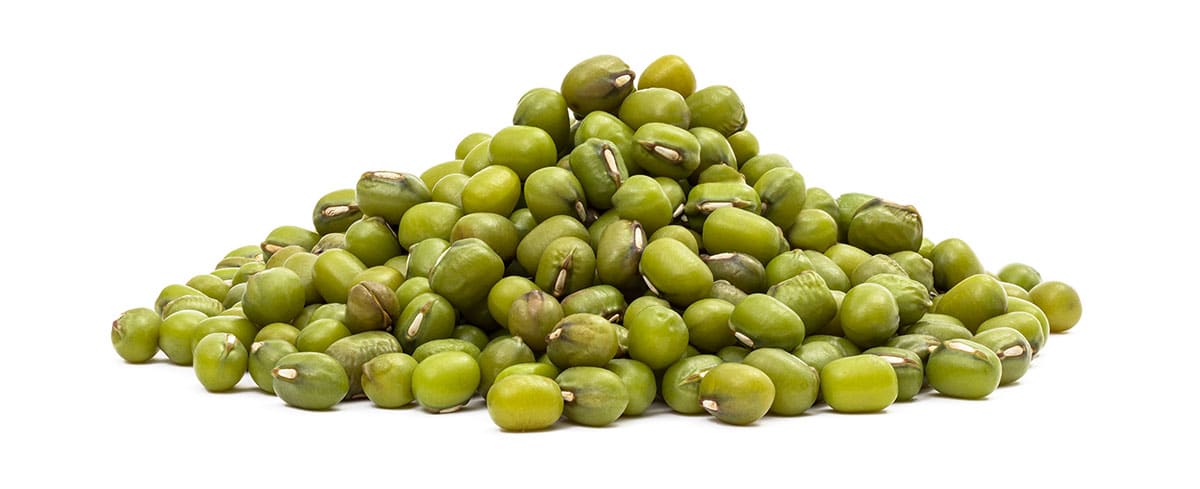
Navy Beans
Navy Beans, also known as White Haricot Beans or Boston Beans, derived their name from the United States Navy in the early 1900s. Navy life then wasn’t quite what we see in Top Gun or the recruiting commercials to include the “chow”. Beans were a staple in the navy diet!
You can buy them raw or canned for easier immediate use, and use them in just about any recipe that calls for a white bean. For that matter you can substitute them for most beans in soups and salads. Give them a shot in this Italian Style Zucchini Stew!
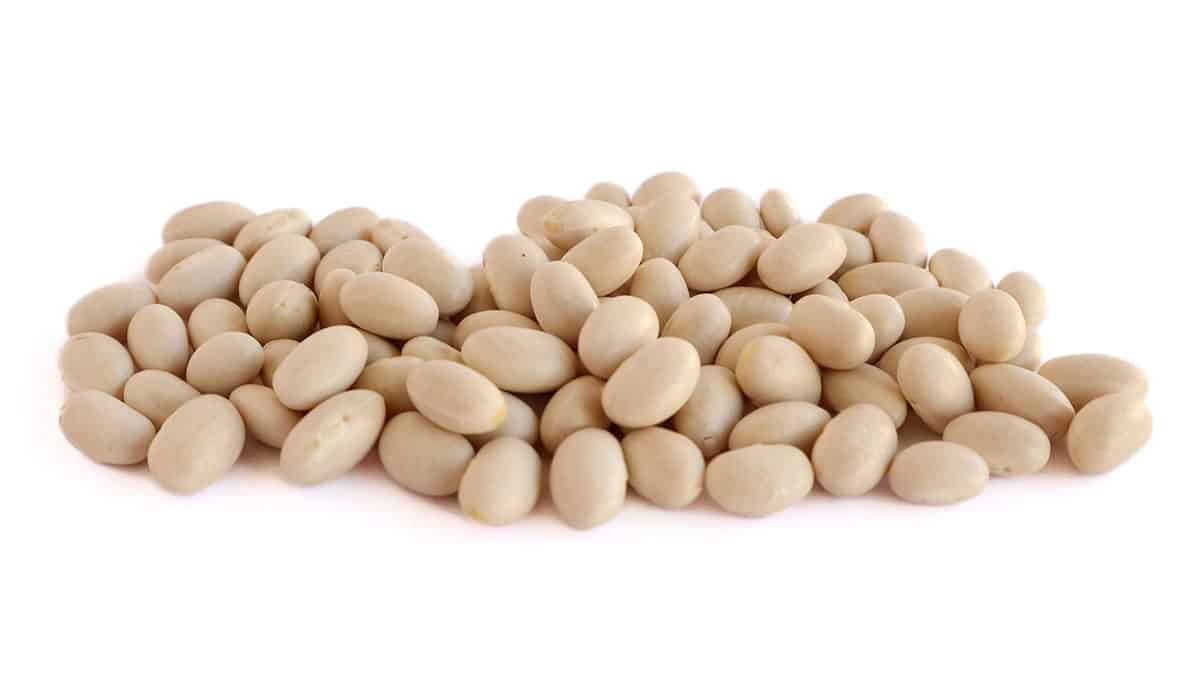
Peas
Peas are not as low-calorie as many other vegetables due to their high starch content. Like most beans they provide about 25 calories an ounce. They are, of course, a versatile bean used in many soups, stews, and pasta dishes. Our favorite winter feel good use of peas is in this Vegetarian Shepherd’s Pie!
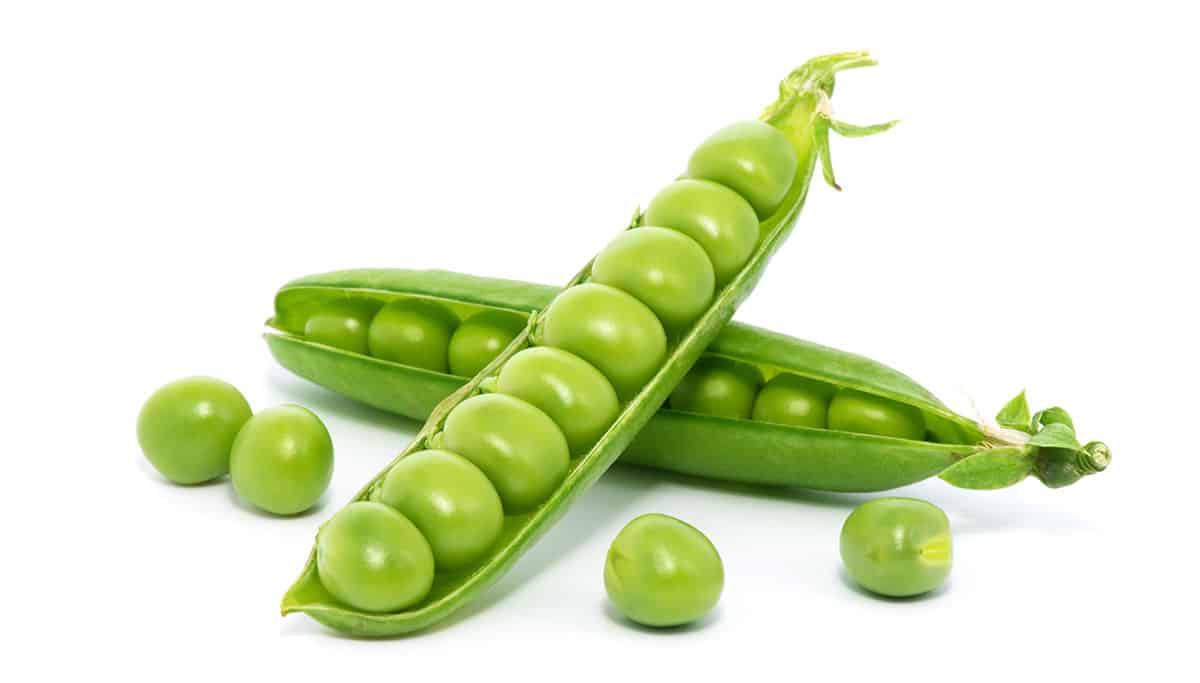
Pinto Beans
Pinto beans are a variety of common bean, and probably the most popular bean in Mexico and the US Southwest. They are often eaten whole, but also mashed to make refried beans. You no doubt eat them routinely in burritos, tacos, or really most Mexican cuisine. Here’s how to cook pinto beans from dried (try them in this Mexican Bean Salad!)
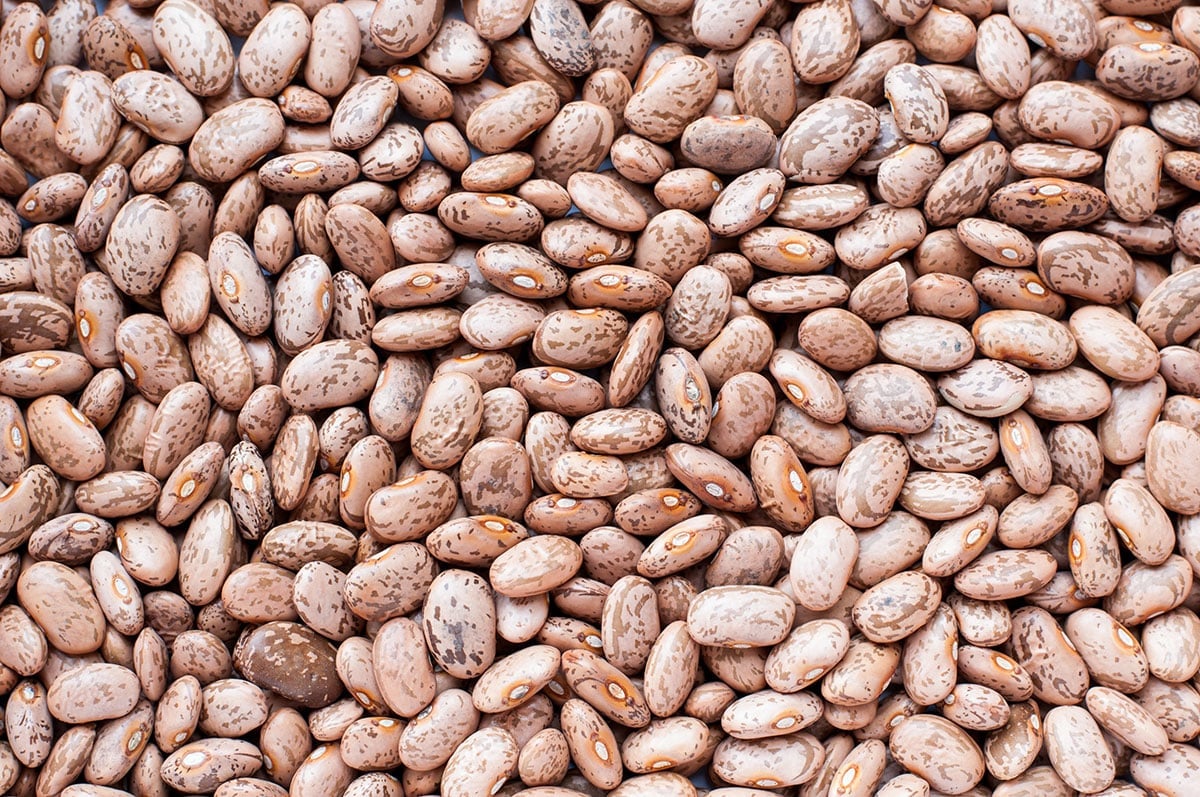
Purple String Beans
Purple String Beans are just a color variation of Green or Wax Beans, but unlike wax beans they lose their aesthetic purple color when cooked. If you want to keep that purple color, use them raw or lightly steamed but immediately dipped in ice water to retain the color.
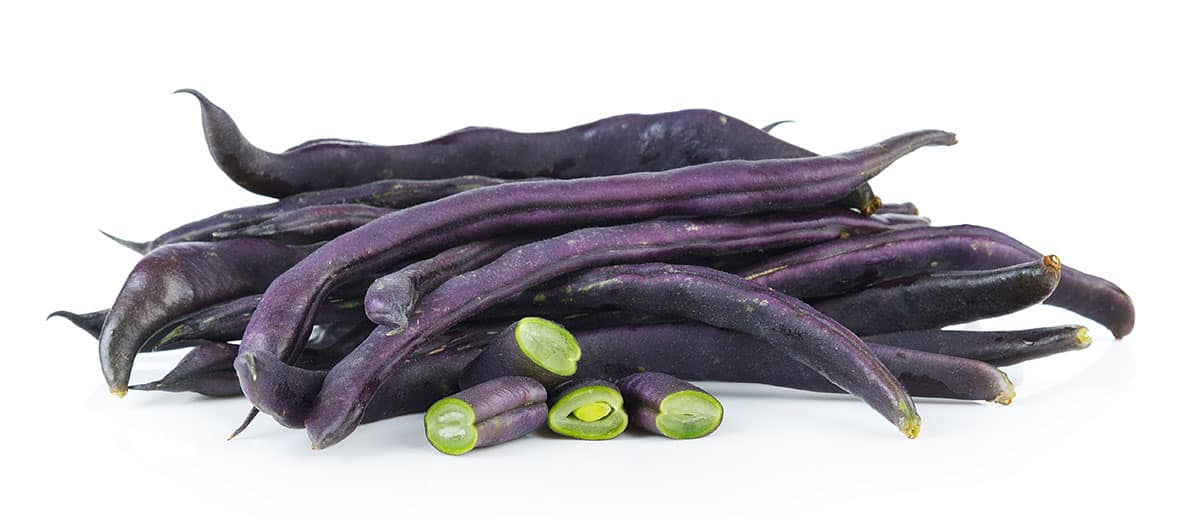
Snap Peas
Snap Peas are also known as Sugar Snap Peas. They are a cross of snow peas and green peas, and are probably as a result the sweetest variety of pea. The edible pods are thinner and less fibrous than other peas and quite edible when the pods are young. A 100g (3.5 oz) serving has only 42 calories but provides almost 3g of protein and 2.5g of fiber. Snap peas are often used in Asian and Indian cuisines, and our favorite use is atop Thai Curry!
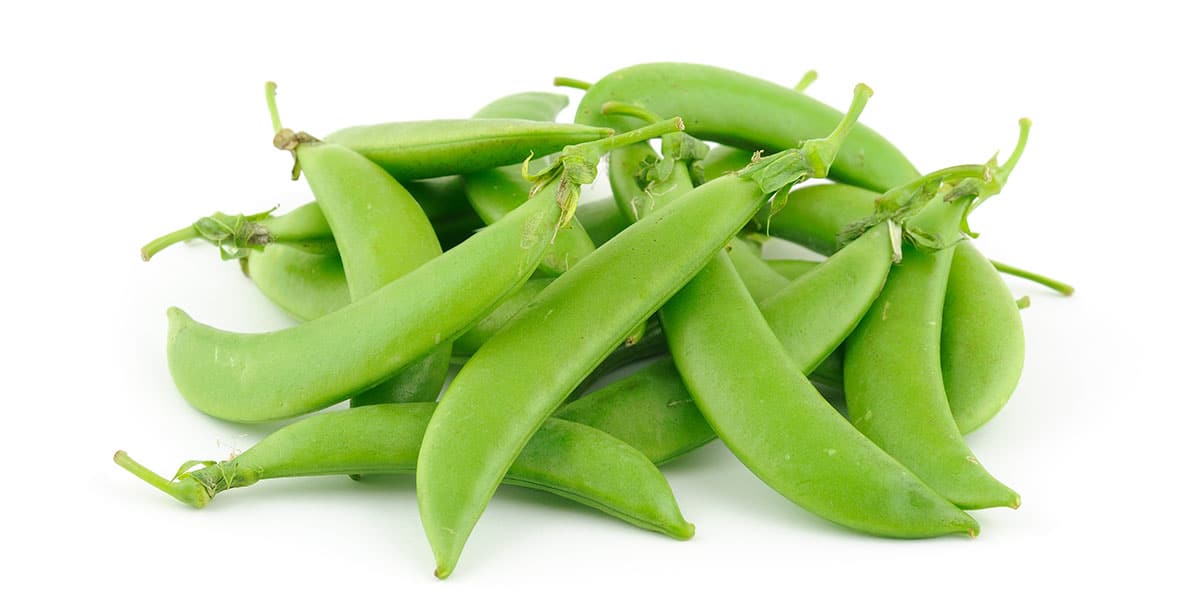
Snow Peas
Snow Peas likely got their name from being fairly cold resistant. They are native to SW Asia though often considered Mediterranean. They are also called Chinese peas as they are so often used in in the West in Oriental cuisine. They are thin skinned with flat peas generally eaten in the pod. They go great in our other favorite curry (also see snap pea recipe) Thai Green Curry with Eggplant.
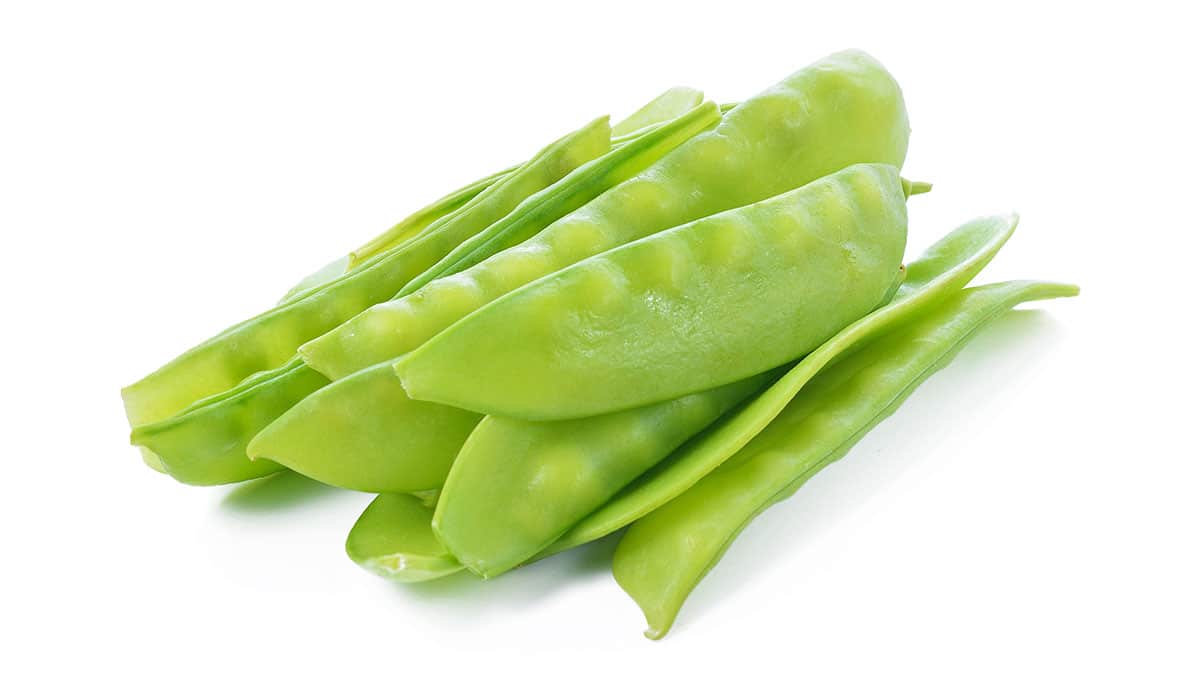
Soybeans
Soybeans are a variety of legume native to East Asia with many uses and great nutritional value. While soy “milk” has become popular lately in the US, soybean’s real dual super-power is in the meat substitutes, like tofu and tempeh!
Tofu is created by adding calcium sulfate to soybeans causing them to clump. The coagulated clumps are then pressed together to form the classic tofu cube. The amount of water pressed from the cube determines the firmness of the tofu. For a whole lot more on tofu check out Tofu 101: Health Benefits, Varieties, and Cooking! Tempeh originated in Indonesia, and is basically a block of soy beans that have been pressed together and fermented. What Is Tempeh (And How Do You Cook With It?).
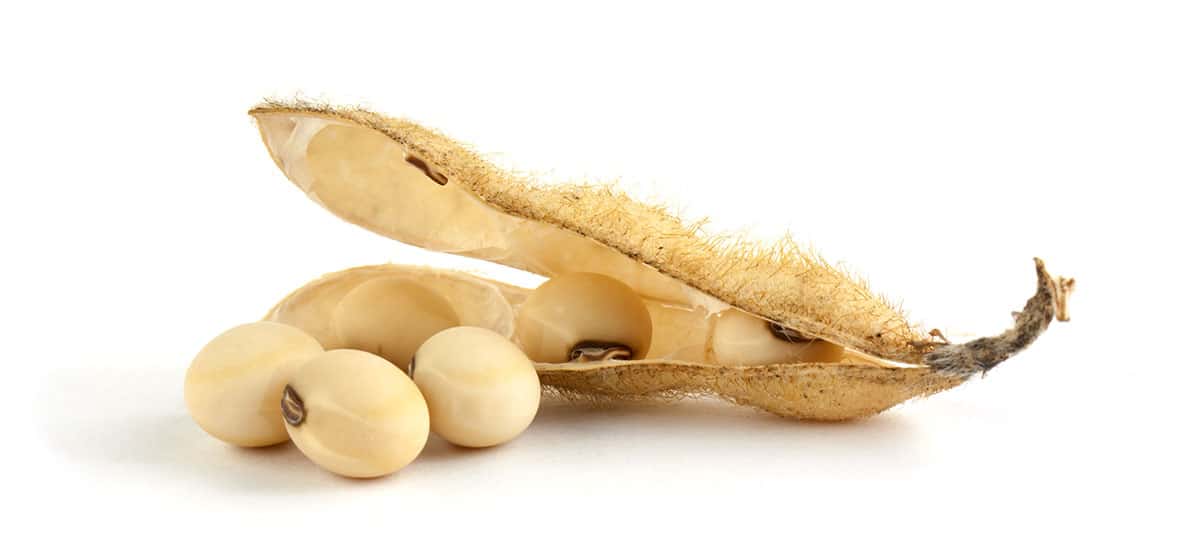
Split Peas
Split Peas are just Green Peas that are peeled, dried and split down the middle. This helps them cook faster, and makes them good in split pea soup. Give them a shot in our Mint Pea Soup Recipe.
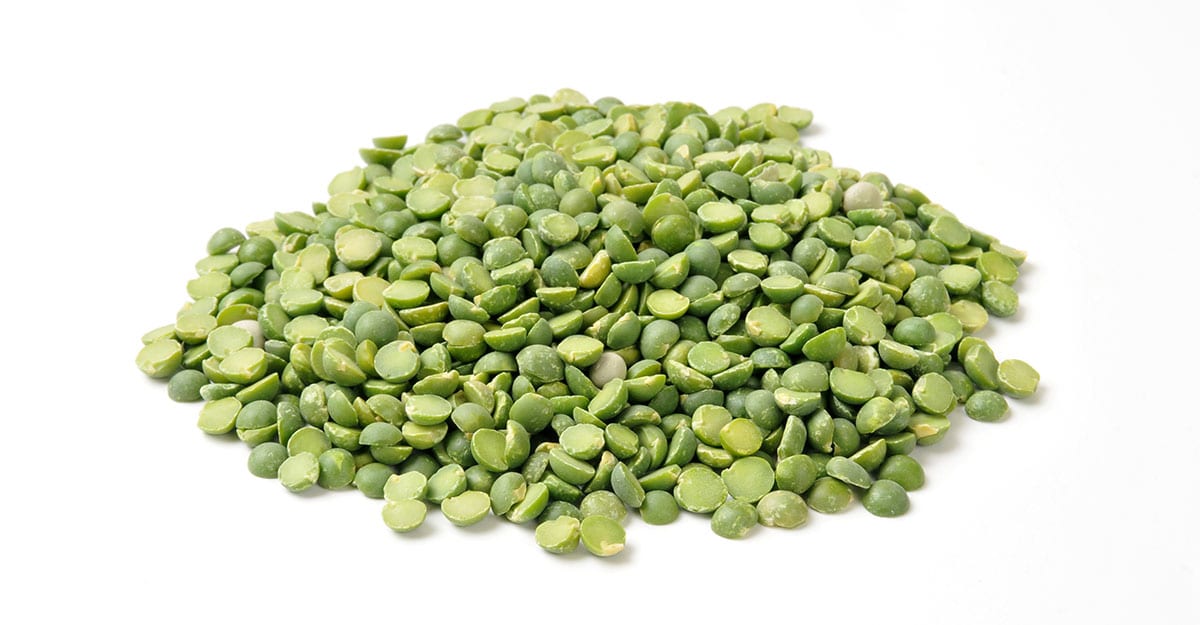
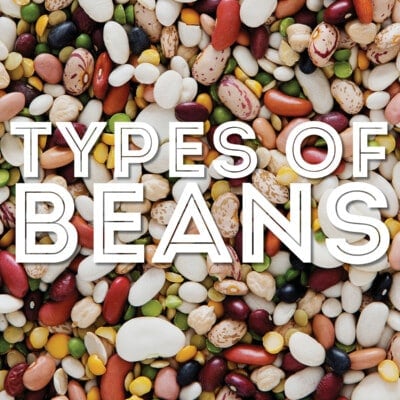
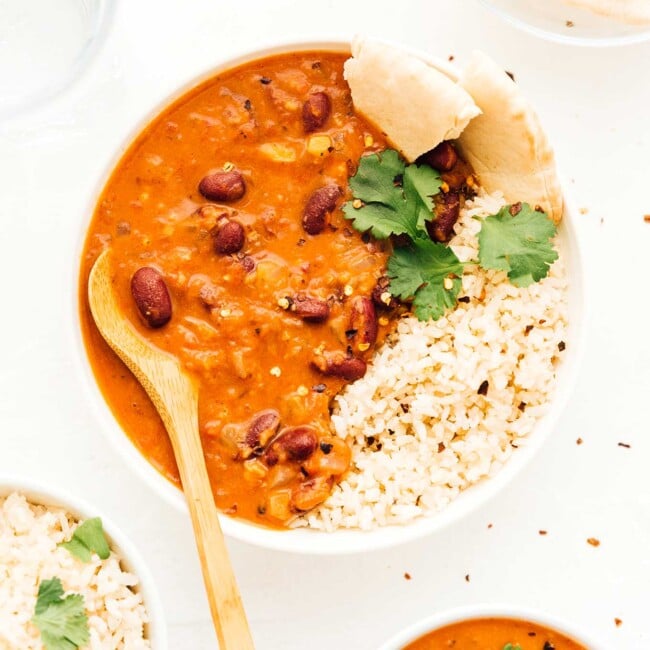
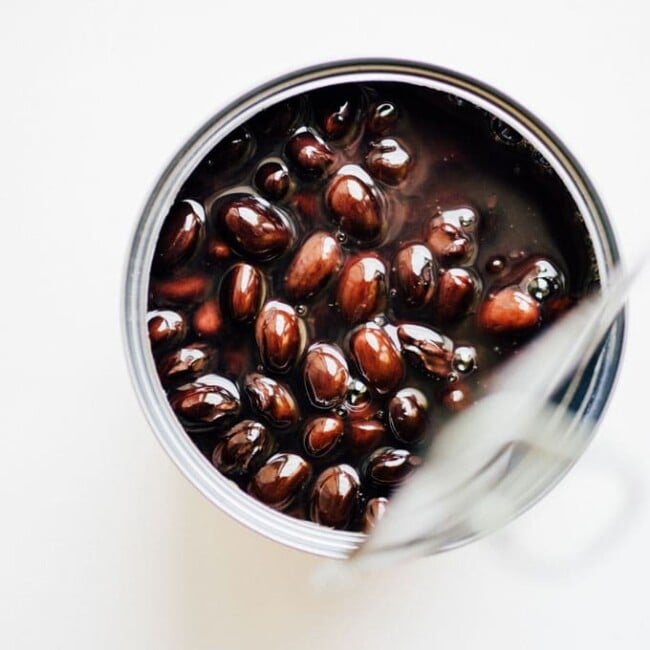
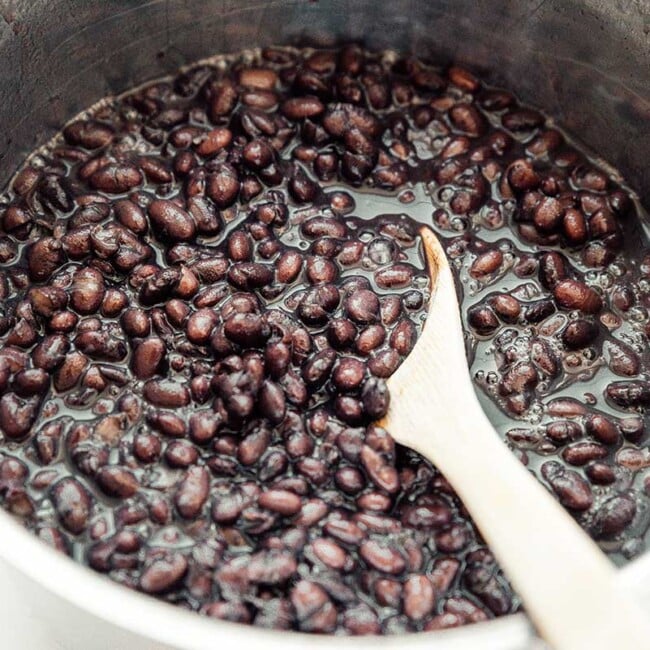
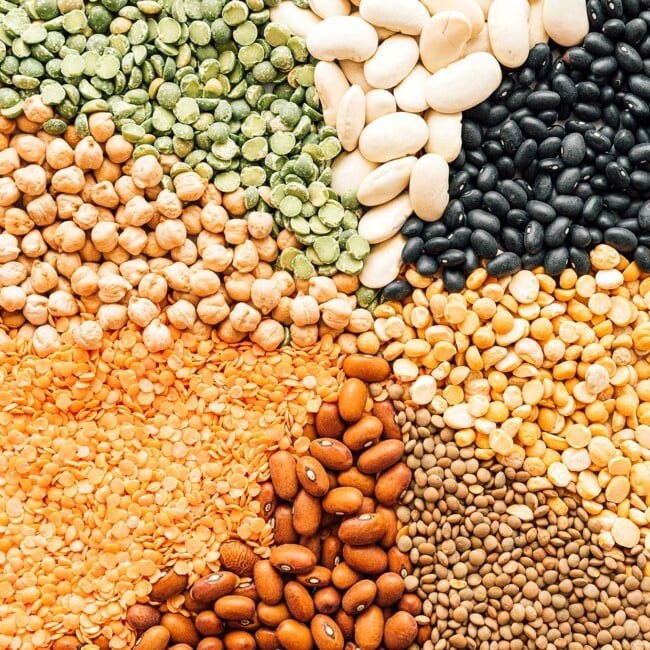
emma says
Thank you so much for the amazing images and knowledge of these beautiful beings
Michael Strickland says
Agreed!!!
Anthony H says
This was highly interesting. Cranberry and pinto are the same. Stop lying
Michael Strickland says
They are not really the same to me. The Cranberry Beans have a markings that are more red, and the Pinto markings are more brown. Haven’t grown them together, so can’t make an accurate comparison in that regard.
The photo on this website of the Pinto Beans, to me, are actually Cranberry Beans. Sent a note to her about it.
Tina says
What is the name of one tiny beans that usually take almost 12hrs to b well cook
Austin Paul says
Excellent work. May God keep you safe.
Austin Paul.
jack says
hahaha
Really Anthony?
Beans says
BEANSBEANSBEANSBEANSBEANSBEANSBEANSBEANSBEANSBEANSBEANSBEANSBEANSBEANSBEANSBEANSBEANSBEANSBEANSBEANSBEANSBEANSBEANSBEANSBEANSBEANSBEANSBEANSBEANSBEANSBEANSBEANSBEANSBEANSBEANSBEANSBEANSBEANS
Michael Strickland says
The photo of pinto beans appears to be actually a photo of cranberry beans. The markings on the beans is too red to be pinto, whose markings are more brown than red. Otherwise, the two are much the same.
Sarah Bond says
Thanks for the tip Michael! Fixing now 😀
Misbahu Yusuf Ali says
I have my new type of beas how can I submit it
Michael Strickland says
The Anasazi Beans are new to me and very attractive.
Fayot Beans are new to me, and I didn’t know that they were green kidney beans.
Gigante Beans are new to me; haven’t see them yet.
Marrowfat Beans; never heard of them, but the look like English peas to me.
I have grown Black Beans, Black-eyed Peas, Chickpeas, Cranberry Beans, Fava Beans (well, tried to grow them), Lentils (again, tried to), Long Beans (very easy to grow on an arbor), and Pinto Beans (need an arbor to run on).
Peas and Beans are favorites of mine, especially the bush varieties.
Thanks!
Michael
Linda Whitehead says
Looking for the name of a bean seed that is pinkish with maroon speckles & streaks
Sarah Bond says
Sounds like maybe a cranberry bean?
D K says
Some beans and lentils used regularly in India in addition to some listed: pigeon peas, brown chickpeas, moth beans, black gram (urad beans), horse gram, yellow peas, and many more. We have many different types of lentils used in India on a daily basis: toor dal (pigeon pea lentils), mung dal (mung lentils), ural dal, chana dal (brown chickpea lentils), masoor dal (red lentils), matki dal (moth bean lentils), yellow pea lentils
ABDUL-NASSER says
Hello. Thanks for the research
I have learnt news types and names. But I was surprised by your omission of choroko (green gram beans).
Angelic Lucas says
I need to know the name of beans that start with V
Mo says
You did not mention which beans were used for baked beans